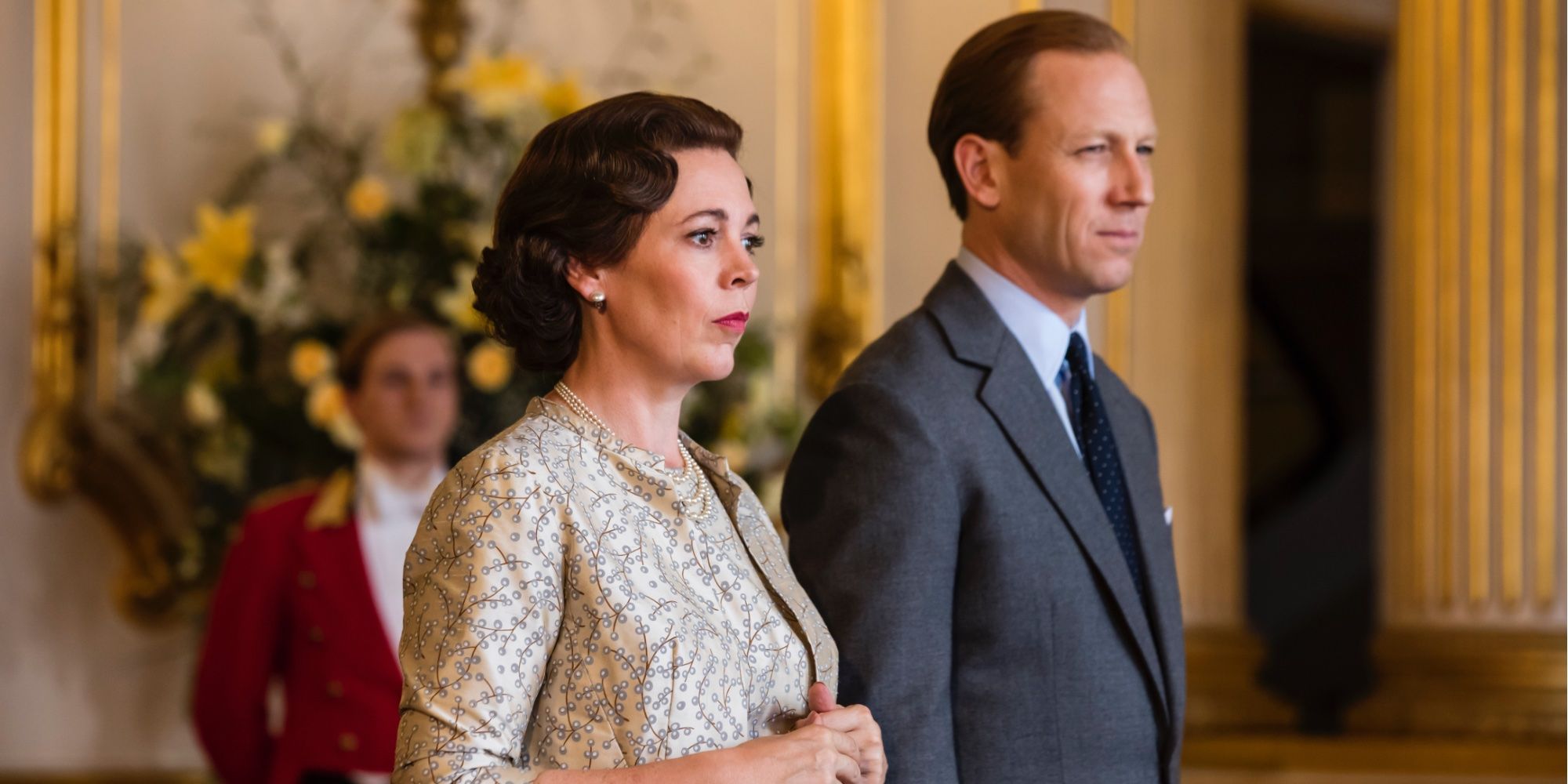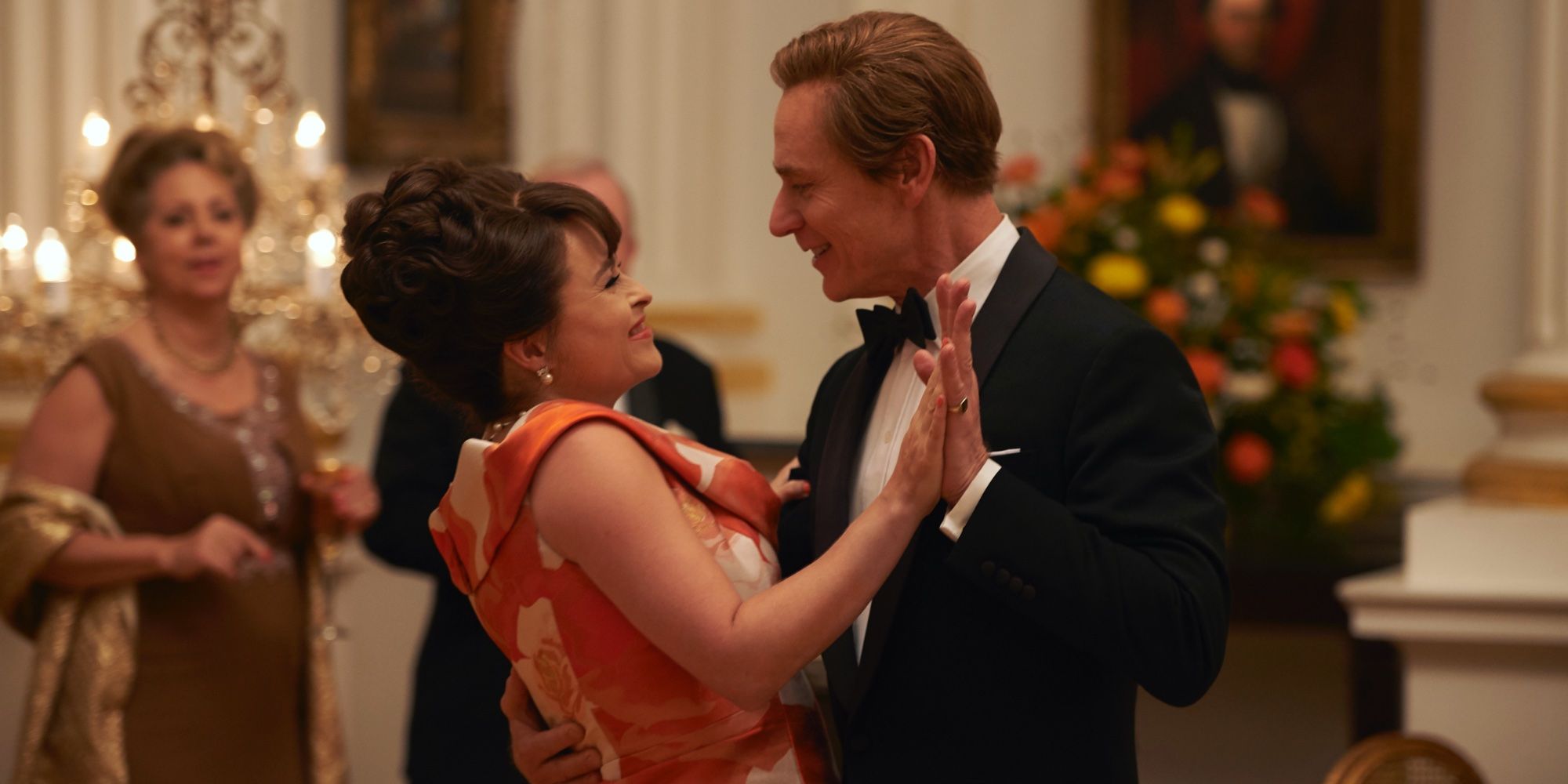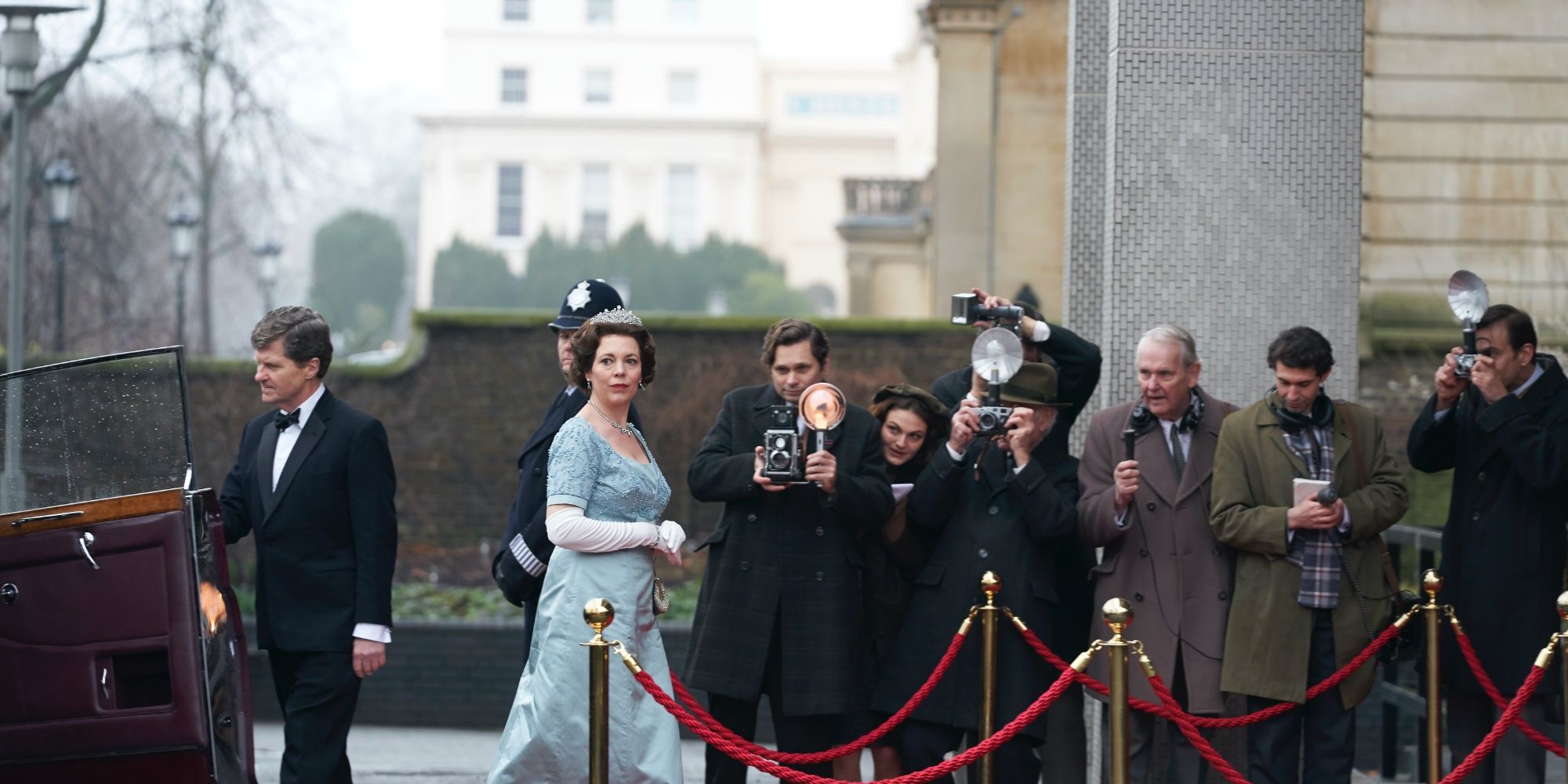It has been far too long since The Crown had a new season on Netflix, though with an almost entirely new cast of actors coming onboard to portray Queen Elizabeth II, Princess Margaret, Prince Philip, and Anthony Armstrong-Jones, the delay between seasons 2 and 3 is understandable. And once the series settles into some familiar episodic rhythms, following a none-too-subtle declaration acknowledging the Academy Award-winning Colman as the new Queen, it is more or less business as usual for the crown jewel in Netflix’s array of high-end prestige dramas. That may sound like faint praise, but given the high bar the series has already set in terms of its acting, directing, storytelling, and sumptuous production values, it’s one of the highest compliments that can be paid to any series, on streaming or otherwise.
Season 3, then, has its work cut out for it, as the drama has already set a precedent for the streaming giant that makes the re-casting of the entire main cast of characters as risky a proposition as it is a fascinating one. Being first out the gate, the original ensemble, ostensibly led by Claire Foy, and including Matt Smith, Vanessa Kirby, and Matthew Goode, had a considerable advantage, in that they were afforded the chance to establish who these real-life people were, albeit within the framework of this fictionalized account of history. For two seasons, Foy and the rest of the cast brilliantly embodied their characters, making for some deeply felt moments of television. But all that razzle-dazzle brings new challenges for the incoming cast, as they must not only measure their performances up against the real thing, but also against the performances directly preceding theirs, ones that may arguably be fresher in the minds of the viewing public than the real-live humans they’re portraying.
The new season begins with ‘Olding,’ an hour of television that balances the pressures of introducing the new cast with seeding the larger themes and plots of the season's 10 episodes. As noted before, creator and writer Peter Morgan and director Benjamin Caron opt to take the more potentially hazardous route, directly pointing out the woman who’s now the audience’s new Queen, putting Colman’s image in a side-by-side comparison with Foy’s. It’s as overt as can be, a technique the series doesn’t normally dabble in, which is perhaps why it’s not only permissible, but necessary. Moreover, Colman’s mandatory self-evaluation comes off as charming, even as the overwhelming directness of the scene skirts the line between broad comedy and self-effacing humor.
In all, though, watching Queen Elizabeth scrutinize herself in front of her staff helps put the audience’s mind at ease. That level of transparent self-awareness is suitable for the moment, but it’s also one The Crown rather easily folds into the narrative itself, accentuating the rising tide of anti-monarchy sentiment among the British public, particularly as Labour Party leader Harold Wilson (Jason Watkins) becomes Prime Minister. Wilson’s ascension to the post also comes under scrutiny, shadowed by accusations and rumors of his ties to the KGB, concerns that make the period drama of The Crown feel suddenly very (and depressingly) modern indeed.
Morgan’s efforts to bridge the present and the past amplify the primary theme running through season 3: a growing sense the British monarchy is not only outmoded but a completely unnecessary burden. That the royal family finds itself under such careful examination adds to the effect the new cast brings to the series, making the audience as hyper aware of their presence as the show itself. The effect is surprisingly persuasive, in terms of the necessary adjustments being made to suit Colman, Menzies, Carter, Daniels, and more, but also in terms of what The Crown actually wants to accomplish with its journey through history, one told through a very specific lens. As such, the series weaves in a number of narratives simultaneously, yet manages to make each thread feel independent enough it can move of its own volition.
This is particularly true of Queen Elizabeth’s nascent relationship with Wilson, which comes on the heels of an international scandal that essentially never was — a KGB asset was discovered within the royal family’s staff — on account of the damage it would inevitably do to both the public’s perception of the monarchy and Wilson’s term as prime minister. Matters of perception are enhanced by Margaret’s tour of the United States, one that proves to be an unmitigated success as she schmoozes President Johnson (Clancy Brown) and soothes his ego which, like Nixon’s, struggled to emerge from the enormous shadow cast by John F. Kennedy.
The third season proves The Crown to be far more malleable than initially thought. Though it was conceived with the idea it would mark the passage of time with regular cast replacements,successfully implementing that idea is another matter altogether. It’s a testament to Morgan’s efforts, then, that The Crown was able to attract such a marvelous cast, one that is not only capable of maintaining the caliber of the performances by the previous cast, but exceeding them in ways that make the future of Netflix’s most prominent prestige drama look brighter and more regal than anyone could have imagined.
The Crown season 3 will stream exclusively on Netflix beginning Sunday, November 17.



